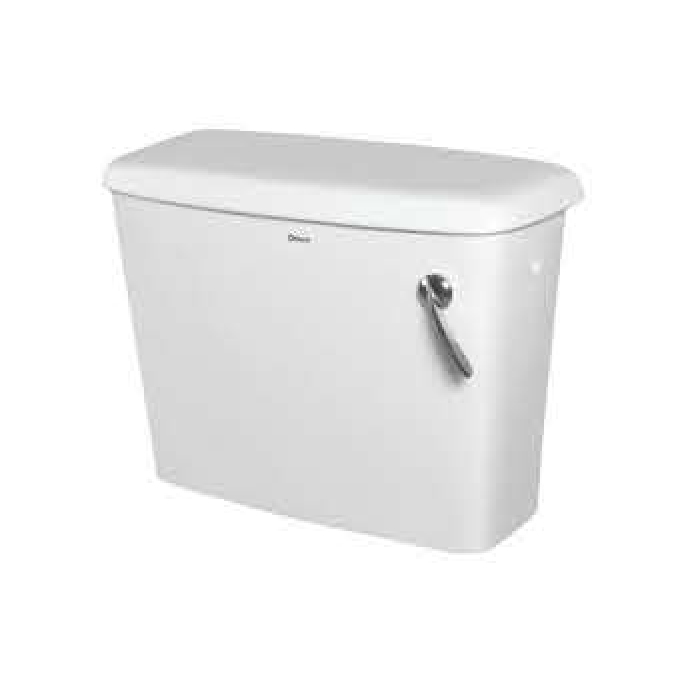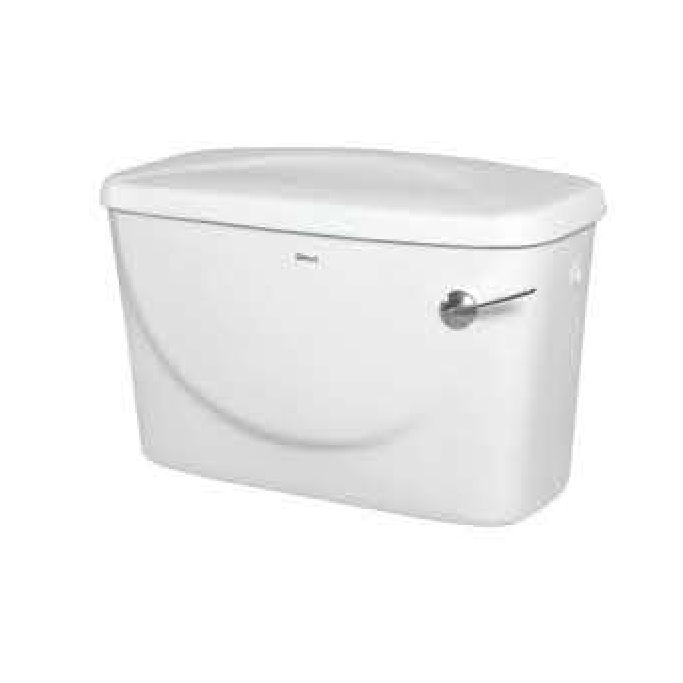
Ceramic Toilet Flush Tanks are made from special clay that is both waterproof and porous on the inside. During manufacturing, the clays are first baked and dried in a kiln to make them hard. Then, the kilns are fired again to finish the process by burning the glaze. The resulting ceramic becomes glassy and waterproof. The next step involves assembling the sections of the toilet and glazing them.
When constructing a new toilet, one must consider the materials used. Earlier, toilets were wrapped with ornately carved wood. Today, however, toilets are typically made of porcelain, a type of ceramic that is also used for dishwater and pots. The material is actually a combination of ingredients that are commonly found in clay, including kaolin, silicate minerals, and powdered feldspar. When combined, the materials form a thick, clay-like slurry.
The construction process of a ceramic toilet flush tank is quite similar to that of a normal toilet. Both types of tanks are made using the same process. The float is on an arm that connects to the fill valve. The fill valve shuts off when the float reaches a pre-determined height. If the float reaches the maximum height, it closes off the fill valve. This ensures that the tank always has water, which is necessary for flushing and cleaning.

Unlike traditional flush tanks, toilets with a ceramic toilet flush tank can be maintained easily. Regular maintenance is necessary to maximize the water savings. The forward jet connection on a traditional tank can become clogged over time due to particles and wear. Even if the air vent in the bowl is open, there is a chance that the forward jet connection will clog. Therefore, it is important to replace the flushing system in your toilet.
These tanks are made with a different clay, which is poured into the tank. The clay used for the tank is sieved before it is poured into it. After it is fired, the castings are checked individually for cracks and deformities. Although the random sample check of the toilet is not a good way to determine quality, it is a good way to find out if the toilet is cracked.
Most toilets come with a flush system that uses a tank attached to the bowl. The tank contains a fixed volume of water. A flush toilet has two mechanisms. The first device is used to discharge part of the water quickly into the bowl. When the toilet is flushed, the water in the tank is swept into the drain. This mechanism allows the flushing system to be more effective and efficient. It is recommended that the fill level be 1/4" below the overflow tube.

A toilet's float is the mechanism that regulates the water in the tank. When the float drops, it lifts the valve to flush the water into the bowl. When the float reaches a full position, it closes the valve. It is important to remember that toilets are solid-state pieces of porcelain and can develop cracks. In some cases, however, the hairline crack can be repaired using silicone plumbing epoxy.
The top core mold is removed after an hour. The rim mold contains a place to mount the holding tank. It has holes in it for the rinsing jets to be attached. The rim piece has a mounting hole and a valve hole. Once it is finished, the top core mold is removed. The rim piece is the bottom part of the toilet and includes the rim of the toilet.
The process of manufacturing ceramic toilets involves a complex manufacturing process. They are usually designed with simplicity in mind. The flushing mechanism of the toilet is installed after it is complete. The entire process is done by the plumbers. The float ball is attached to the seat and is secured with a bolt. The float ball and seat are not permanently attached. These components may be sold separately or assembled by a plumbing distributor.
The in-wall flush toilet systems are the classics of contemporary bathroom design. These systems have been installed over a million times throughout the world. The water volume of a standard flush is 1.6 US gallons. Dual-flush toilets use 0.9 US gallons. In addition, they save thousands of gallons of water a year. Aside from the benefits of installing a high-efficiency ceramic toilet, many other benefits of this style of tank include its durability and reliability.
Make an Appoinment
Send us Message
Visit us at Address
Vagadiya Road, Thangadh - 363530,
Gujarat, India.
Gujarat, India.
© Copyright 2024, Orient Ceramics, All Rights Reserved.
Web Design & Development by Opal Infotech